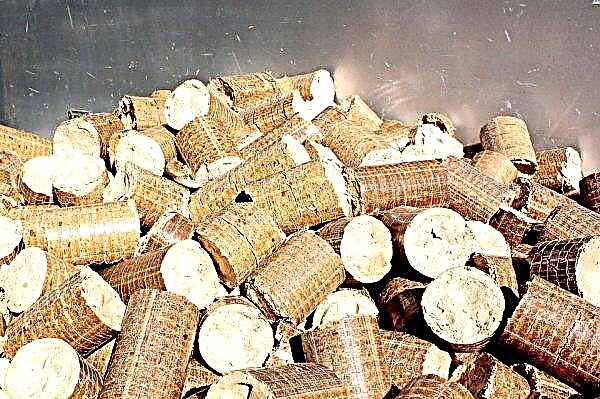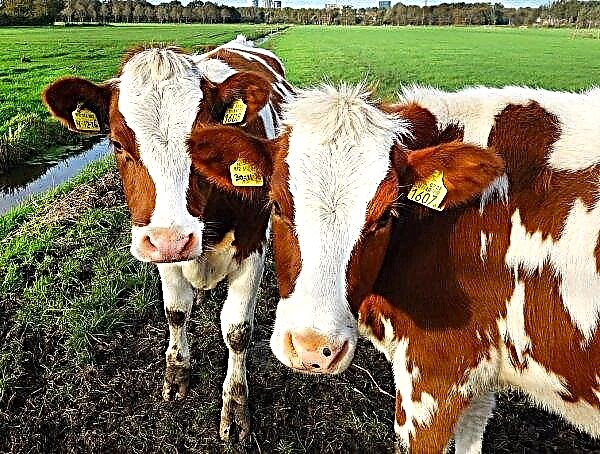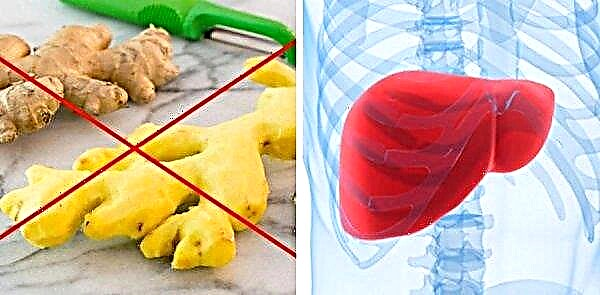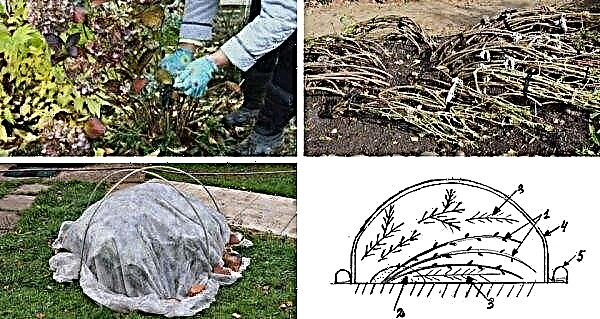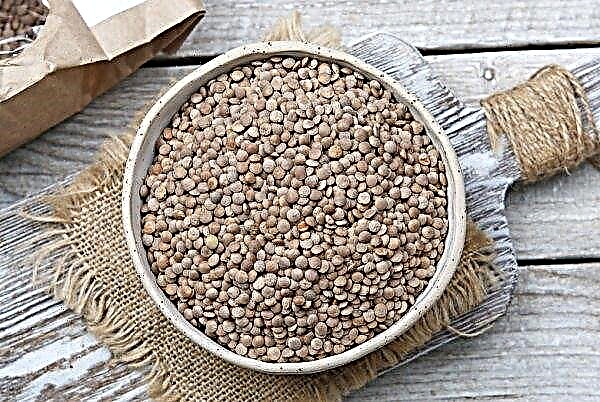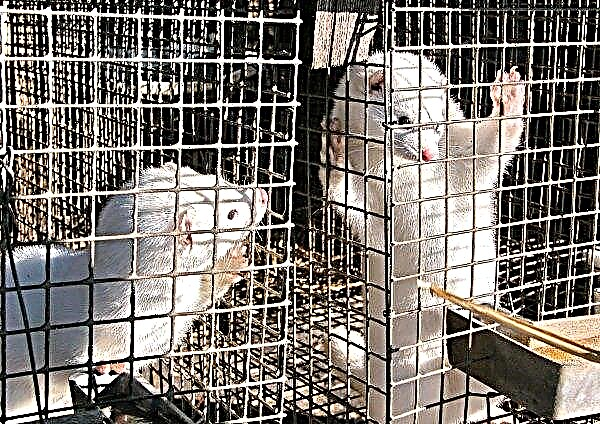In livestock, the emergence of a new calf is important not only in terms of increasing the number of livestock, but also as a factor in increasing the productivity of dairy cows. In the postpartum period, milk yield increases to 20–25 liters per day, and reaches its peak by the 60th day after calving, therefore it is necessary to prevent postpartum complications, which, in particular, include paresis.
What is postpartum paresis in cows?
The disease, also known as milk fever, along with endometritis and mastitis is one of the three most common complications after calving. Postpartum paresis is a serious metabolic disease, expressed in impaired motor function.  It usually proceeds in an acute form and can cause the death of an animal. Paresis is accompanied by hypocalcemia (a decrease in blood calcium to 5 mg / ml) and a simultaneous increase in phosphorus and magnesium.
It usually proceeds in an acute form and can cause the death of an animal. Paresis is accompanied by hypocalcemia (a decrease in blood calcium to 5 mg / ml) and a simultaneous increase in phosphorus and magnesium.
Reasons for occurrence and risk group
It is not known why 3-4 days after calving a sharp disruption of the nervous system occurs, but, according to zootechnologists, such factors provoke it:
- genetically determined lack of control over the amount of calcium and sodium ions in the muscles;
- leaching of calcium from bones due to colostrum production;
- lack of vitamin D3;
- severe nervous strain and subsequent drop in blood sugar;
- concomitant diseases of the adrenal gland and pancreas;
- excessive or, conversely, poor diet;
- high protein content in feed;
- ketosis, developed due to the nutrition of concentrate-type feeds with a large amount of acids;
- winter and stall keeping animals.
 Most often, this disease occurs in highly productive breeding dairy cows during the 5–8th lactation period. Outbred cows suffer from these diseases much less frequently.
Most often, this disease occurs in highly productive breeding dairy cows during the 5–8th lactation period. Outbred cows suffer from these diseases much less frequently.
Did you know? Experienced zoologists distinguish 11 different “melodies” in cow mooing.
Signs of paresis
The disease usually develops very quickly. Its severity and duration depend on the indicator of calcium in the blood of the animal.The main sign of paresis is hind limb paralysis, which is preceded by small tremors and muscle tension. In addition, the following symptoms are noted:
- cessation of chewing gum;
- refusal to drink;
- nausea, vomiting;
- cessation of intestinal motility;
- increased motor activity or, conversely, apathy;
- tongue retraction;
- mydriasis;
- loss of skin sensitivity (lack of reaction with a needle prick);
- weakening of the cervical muscles;
- a decrease in body temperature by 1–2 degrees;
- heavy and hoarse breathing.
An atypical form of paresis also occurs in which the above symptoms are absent or mild, but the animal cannot stand on its hind legs, and the treatment does not have the desired effect. Very rarely, the prenatal course of the disease is observed (4-5 hours before calving), in which the already begun labor activity ceases.Important! Blood pressure indicators are of particular importance for the timely diagnosis of paresis. Reduced immediately after birth, the pressure should return to normal within 12-24 hours.
 Paresis must be differentiated from postpartum obstruction. This disease is also manifested in the cow by the inability to rise, but the sensitivity of the skin is preserved and there is no paralysis.
Paresis must be differentiated from postpartum obstruction. This disease is also manifested in the cow by the inability to rise, but the sensitivity of the skin is preserved and there is no paralysis.What to do, how to treat paresis in a cow after calving
If you do not provide the animal with proper medical care, the prognosis of maternity paresis may be poor. In such cases, mortality is about 70%.
Until the end of the XIX century, this disease was one of the most common causes of death of cows, until one German veterinarian invented an effective method of treatment, called by the name of its inventor - Schmidt's method. It consists in pumping air into the cow's udder through a milk catheter using a special apparatus or a bicycle pump. Aeration of the udder acts so effectively due to irritation of the receptors and blocking the work of the blood vessels of the udder. Blood rushes to other organs, and blood pressure, respiration, and reactivity of the cerebral cortex are stimulated.
The dosage of blown air must be controlled by observing the expansion of small elastic folds (stock of the udder). Schmidt's method is still popular today, sometimes it allows you to literally put a cow on its feet in 20-30 minutes. This treatment method is convenient to use at home. Good results are obtained by pumping the udder with milk from a healthy cow.Did you know? The udder is rich in blood vessels. To get 20 liters of milk, eight tons of blood passes through the mammary gland.
 With this device you can pump up the udder of a cow with airEmergency manipulations also include:
With this device you can pump up the udder of a cow with airEmergency manipulations also include:- intravenous infusion of 40% glucose solution (100 ml) in combination with 300 ml of calcium chloride solution;
- ergocalciferol and magnesium sulfate intramuscularly;
- subcutaneous caffeine.
Important! If a cow suspects a birth paresis, farmers (especially beginners) should immediately call a veterinarian.
 When providing an ambulance to a cow, one should not forget to isolate it from other animals, wrap it up warmly (cover with a blanket, under which put a heating pad or hot water bottles), rub it (for example, with hay), and make an enema.
When providing an ambulance to a cow, one should not forget to isolate it from other animals, wrap it up warmly (cover with a blanket, under which put a heating pad or hot water bottles), rub it (for example, with hay), and make an enema.
Often there is such a complication as tympanitis scar (acute bloating of the cow’s stomach). For emergency treatment, it is necessary to pierce the scar with a thick needle to eliminate gases, and introduce an alcohol solution of ichthyol.
Prevention of Maternity Paresis
In order to minimize the cost of treatment and not worry about the possible loss of the animal, you need to think about how to protect the cow through preventive measures. You can prevent the disease by performing the following measures:
- increase the digestibility of minerals from feed (emphasis on potassium, chlorine, sulfur and vitamin D3, which help to absorb calcium);
- additives of anionic salts during dry periods;
- reduction in the amount of protein in the diet before calving;
- control of caloric intake, especially before launch;
- daily walks and sufficient exposure to sunlight;
- favorable conditions for keeping cows (avoidance of drafts and hypothermia);
- supplement to the diet for the week before calving 200–300 g of sugar (for the prevention of falling glucose levels);
- taking warm salted water after childbirth (to restore electrolyte balance);
- the appointment of hormonal drugs in case of endocrine disorders.
 In order to be able to increase milk yield and preserve the number of animals, each farmer needs to know about the possible complications of the postpartum (lactational) period. Birth paresis is a dangerous disease of the nervous system and metabolism, in case of delay with treatment leading to the death of a cow. To save the animal, both old, proven methods and the latest in modern pharmacology are used. However, it is best to prevent the disease through proper care.
In order to be able to increase milk yield and preserve the number of animals, each farmer needs to know about the possible complications of the postpartum (lactational) period. Birth paresis is a dangerous disease of the nervous system and metabolism, in case of delay with treatment leading to the death of a cow. To save the animal, both old, proven methods and the latest in modern pharmacology are used. However, it is best to prevent the disease through proper care.

